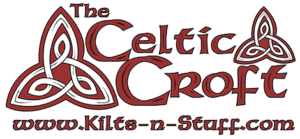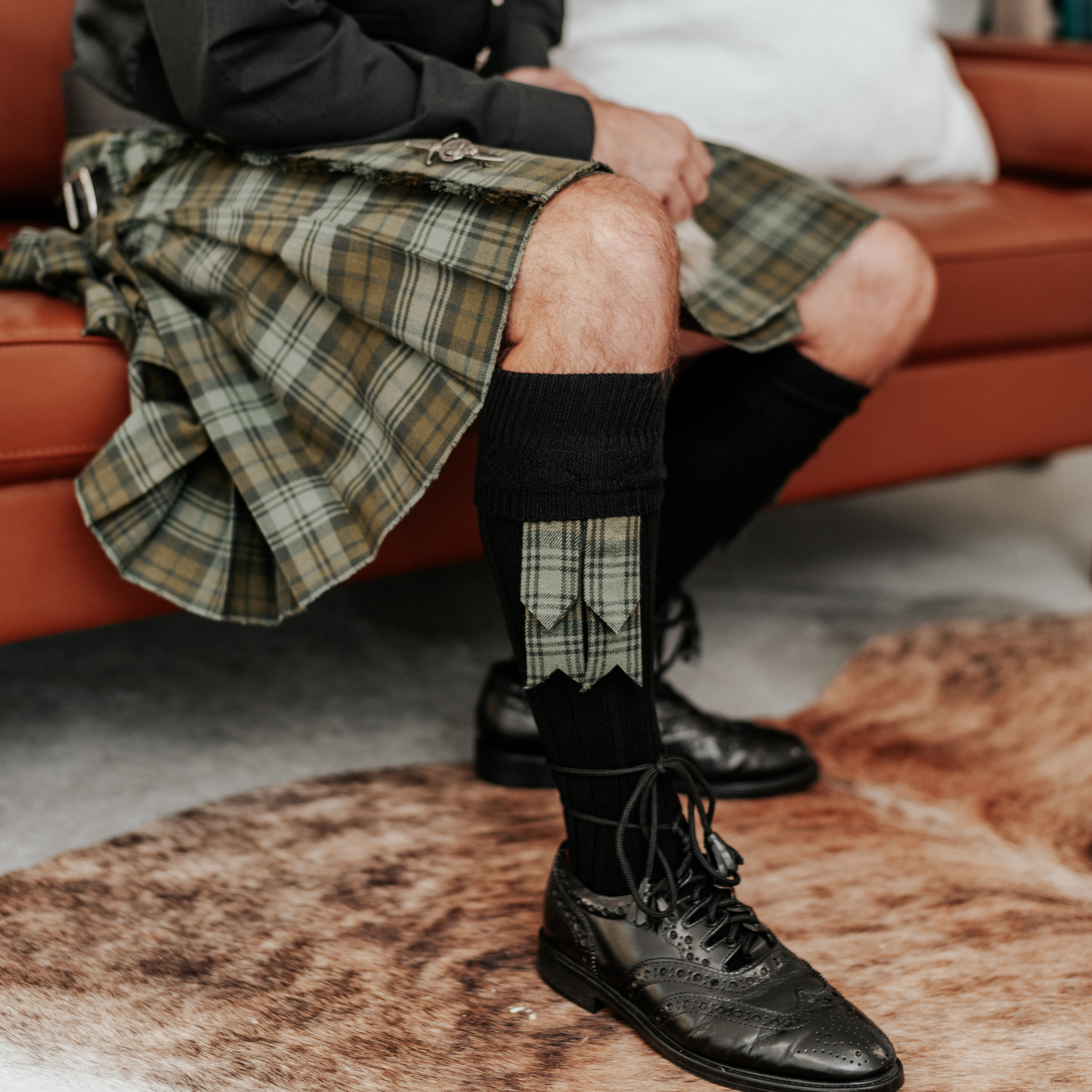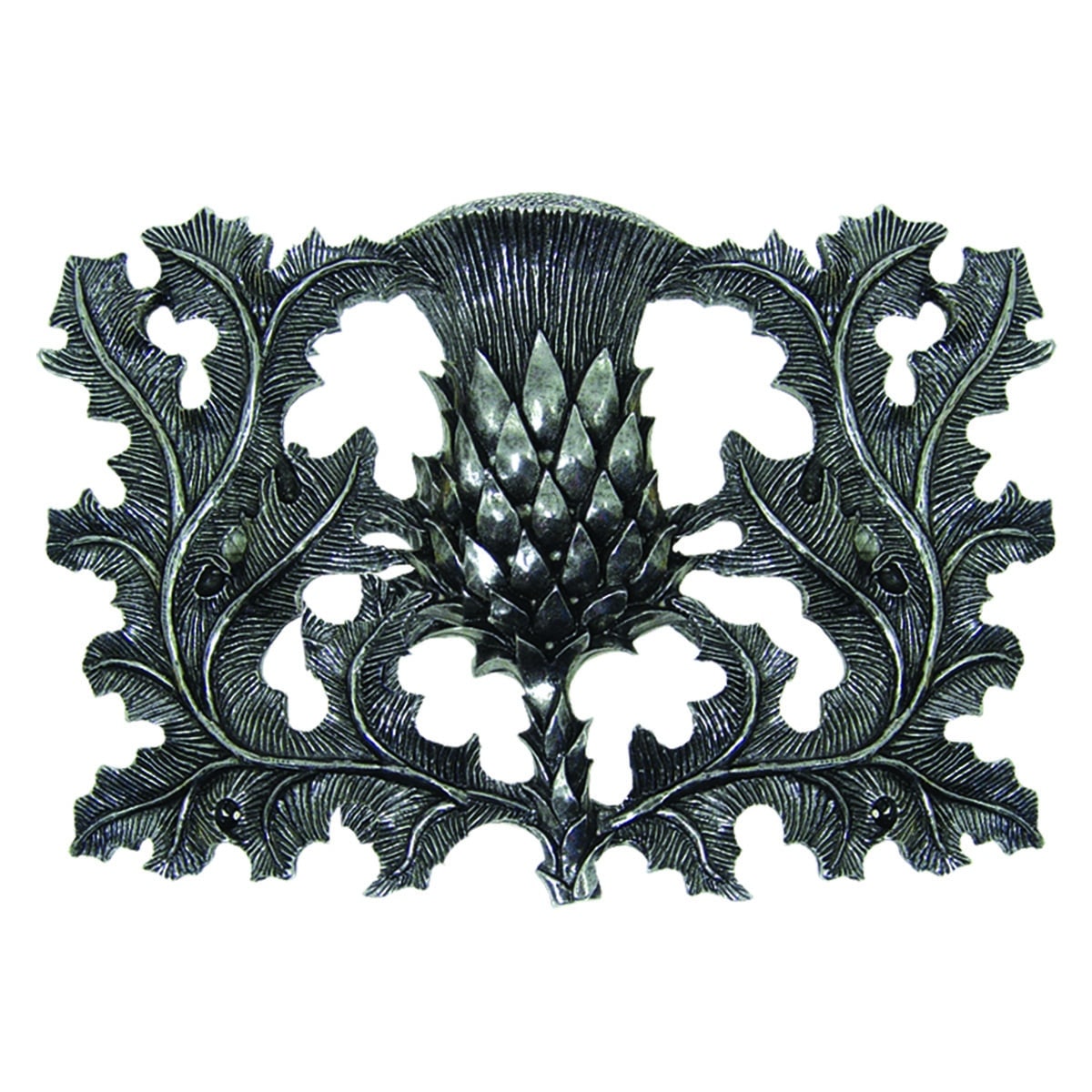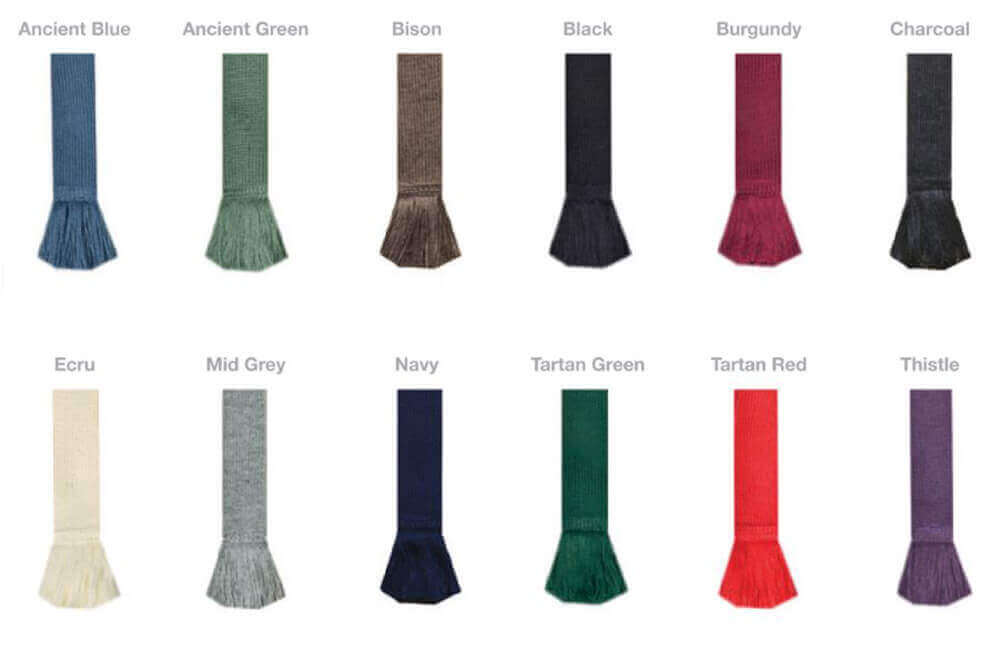Irish Colonial “Slaves”
I recently ran across an article The Myth of “Irish Slaves” in the Colonies (see link below) which seems inspired by the spread of an argument that the history of Irish colonial “slaves” has been ignored in favor of the more common African slave narrative. The author suggests that the story of Irish slavery is being used by certain racists as a way downplay the history of African slaves by saying “our people were abused too”, and that social media has helped the idea spread more recently.
Certainly large numbers of Irish (as did many other Europeans) went to the colonies as indentured servants in the 18th and 19th centuries. But most of them did so voluntarily. Indenture meant that their voyage was paid for in return for their labors for an agreed upon length of time. They were then freed at the end of their contract (usually 2 to 7 years), and were paid their “freedom dues” which was around £10 sterling, or its equivalent in tobacco or sugar.
The author of the article also points out that the Irish laborers sometimes seemed well informed about where they were headed:
“Anchored in Kinsale in 1636, Capt. Thomas Anthony found that the Irish labourers had a surprising amount of knowledge about the different conditions on the islands. Akenson describes how they were well informed about comparative wage rates and knew that they would be better paid in the West Indies than Virginia. So Captain Anthony was forced to change his plans and to make St Christopher his destination.”
This is not to say that indentured workers did not often lead harsh lives, or were not sometimes beaten, and driven hard by the owners of their contracts. But they were a stark contrast to the African “chattel slaves” who for the rest of their lives were the actual permanent property of their owners, and subject to potential torture, or murder as examples the slaves.
The article also tries to take on the claim that Irish workers were treated worse, or given more dangerous jobs than actual slaves. I have heard a claim somewhere that the Irish were set to work on things like ditches in Louisiana where they might catch malaria or such because there was always another one to hire for the work, but slaves were an “investment” that you didn’t want to risk. But one of the sources for this argument seems to be Michael A. Hoffman II, holocaust denier, anti-Semite and conspiracy theorist.
The author of the article replies:
“This rationalization erroneously removes all agency from the Irish workers, who were, unlike slaves, free to down tools and look for work elsewhere. If a slave refused to work it could lead to torture or possibly death. After all, many homicide laws in the South did not apply to the killing of “any slave dying under moderate correction.”31 It is perhaps unnecessary to point out that Irish workers were paid for their efforts, for that is the sole reason they were choosing to do the work in the first place. The work the slaves were forced to do enriched their owners, exclusively.”
There were, however, Irish who were transported to the colonies as forced labor during the 18th and 19th centuries. But according to the author, with the exception of serious criminals, those who were deported were “invariably prescribed the same rights as voluntary indentured servants.” And as harsh as their lives may have been they were not the equivalent of “slaves”.
“Persons from Ireland have been held in various forms of human bondage throughout history, but they have never been chattel slaves in the West Indies. A chattel slave was a slave forever. Children born to slaves were inherited by their owner. Chattel slaves were seen as livestock, not human beings.“
The article The Myth of “Irish Slaves” in the Colonies, by Liam Hogan, can be found on the website academia.edu.




